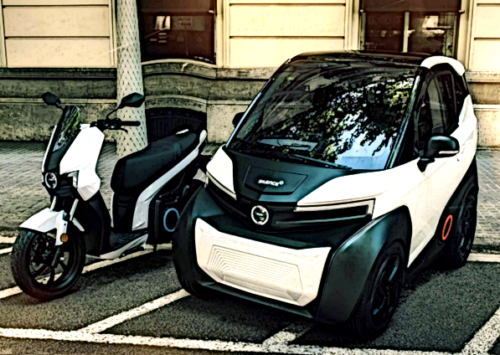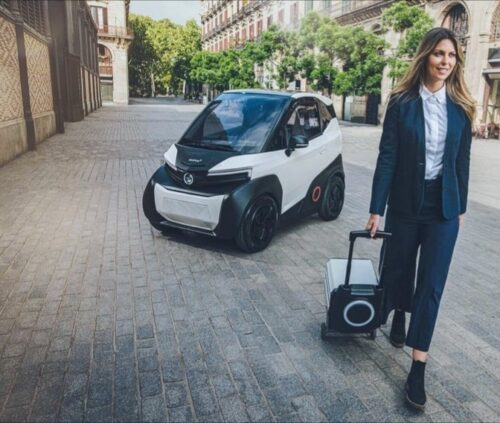Years ago I pointed out how the Japanese air force, under occupation by America after WWII, transitioned its engineers into designing EV cars for the 1950s. A natural result was the “bomb bay” doors that allowed hot-swap of battery packs on wheeled trolleys.


What a cool car even for today that absolutely nobody gets to drive, and most people never knew existed.
Fast forward and the Chinese have announced a “Silence” EV design called the S04, with basically the same concept. In addition, they have a two-wheel option as well as the four-wheel.

Can you tell the design features that signal it’s from China?

The Silence S04 even has a wheeled cart that takes the battery out of the side so it can be easily maneuvered for swapping or charging.

You may also remember Tesla announced it would do battery swap technology so good it would be better than anyone else. It infamously took a huge handout from the US government and (perhaps obvious to anyone familiar with South African apartheid) stuffed hundreds of millions of dollars in their pockets and then claimed the project lacked enough “support” and had to be cancelled.
A decade ago, Tesla announced it would build out a network of battery swapping stations that could change out Model S’s battery pack in 90 seconds.
Journalists now tend to say out loud that Tesla fails at engineering because without fraud there would be no Tesla.
Tesla Motors has earned more than $295 million in green subsidy emission credits during the past three years for a battery-swapping technology customers weren’t getting, a Watchdog investigation reveals. In fact, the electric car company, owned in part by billionaire Elon Musk, may have earned credits up to nearly half a billion dollars in value…
Imagine if 500 million dollars of taxpayer money had gone into actual technology companies instead of the Tesla advanced fee fraud.
Meanwhile in companies where actual engineers do actual work…
Chinese EV maker Nio has been offering battery swapping for its vehicles since 2019. Nio now claims to be the world’s largest operator of battery swapping technology having performed over 32 million battery swaps since then at more than 2,100 stations.
People often talk about the need to swap in terms of range anxiety, but that’s probably false hype and overlooks reasons for developing Tama “bomb bay” doors in 1947. I mean only 2% of trips in America are over 50 miles, right?
Having obsession with designing giant long range cars is about as logical as America insisting everyone needs drums and banana clips for their assault rifle collection at home. Anxiety isn’t a proper market.